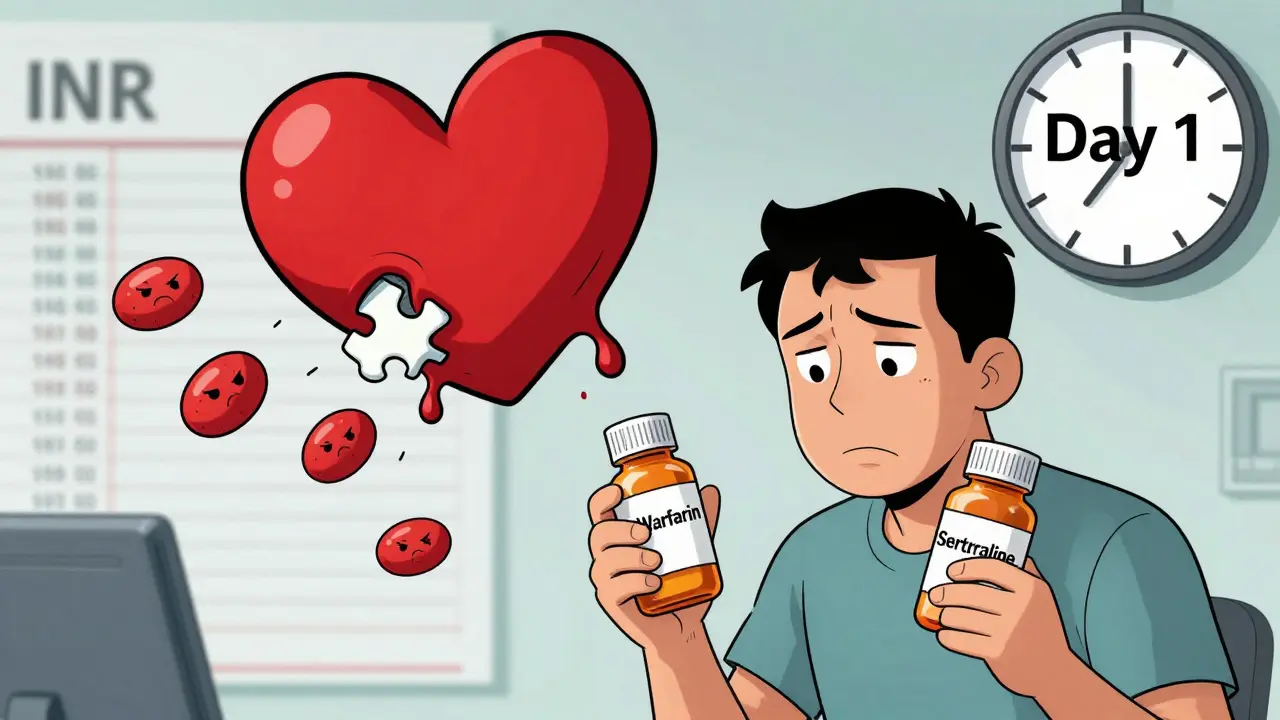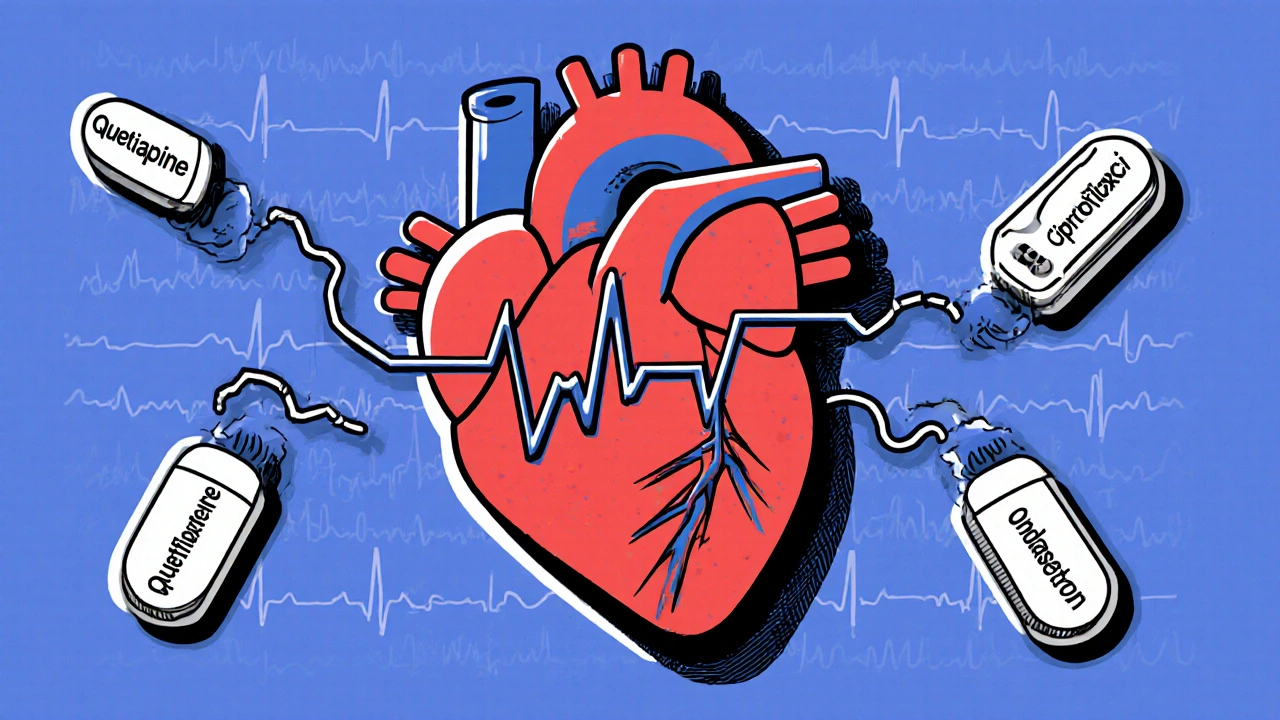Drug Interactions: How to Spot Risks and Stay Safe
Medications don’t act in a vacuum. When two or more drugs meet in your body, they can change each other’s effects — sometimes harmlessly, sometimes dangerously. Knowing how interactions happen and what to watch for keeps you safer than hoping for the best.
How interactions happen (plain talk)
There are two common ways drugs interfere with each other. First, they can change how a medicine moves through your body — absorption, breakdown, or excretion. For example, rifampin speeds up liver enzymes and can lower levels of many drugs, making them weaker or ineffective. Probenecid does the opposite for some antibiotics, slowing kidney excretion and raising drug levels.
Second, drugs can add to or oppose each other’s effects. Two medicines that lower blood pressure can drop it too far. Mixing some antidepressants with certain pain meds or migraine drugs can raise serotonin too much. And erectile dysfunction meds like Levitra (vardenafil) dangerously interact with nitrates used for chest pain — that’s a classic “don’t combine” rule.
Real signs and short examples
You don’t always need a lab test to spot trouble. Watch for new rashes, sudden stomach problems, unusual bleeding, fainting, or big mood changes after starting a new pill. For instance, some people on losartan have noticed skin rashes that appeared after switching doses or adding another medication — if that happens, stop and check with a clinician.
Rifampin can also cause stomach upset and make other drugs less effective. If a drug feels like it stopped working after rifampin started, that’s a red flag. Probenecid raises levels of some antibiotics and certain antivirals; that can be helpful or risky depending on dose.
Want quick, practical steps? Here’s what to do right now:
- Keep one up-to-date list of everything you take: prescriptions, OTCs, vitamins, and supplements.
- Use a single pharmacy when possible — pharmacists can spot risky combos.
- Run new prescriptions through an interaction checker (Drugs.com or your pharmacy app) and ask the pharmacist to explain anything flagged.
- Avoid buying meds from unknown online shops that skip proper checks. If you use online services, pick trusted pharmacies that require a prescriber review.
- Learn the big no-nos: nitrates with ED meds, enzyme inducers like rifampin with lots of drugs, and grapefruit with some cholesterol and blood-pressure meds.
If you see severe symptoms — trouble breathing, fainting, heavy bleeding, sudden chest pain — get emergency help. For less urgent concerns, call your prescriber or pharmacist before stopping a drug. Stopping suddenly can be as risky as the interaction itself.
Interactions are common, but most are preventable. Carry your med list, ask questions, and don’t accept a confusing answer. A quick check now can save a lot of trouble later.

SSRIs and Anticoagulants: What You Need to Know About the Bleeding Risk
Combining SSRIs with anticoagulants increases bleeding risk by 33%, especially in the first 30 days. Learn why platelet effects matter, which drugs are riskiest, and what alternatives exist.
View More
Antipsychotics and QT-Prolonging Drugs: What You Need to Know About Heart Risks
Combining antipsychotics with other QT-prolonging drugs can dangerously extend the heart's electrical cycle, raising the risk of life-threatening arrhythmias. Learn which meds are safest, who's most at risk, and how to prevent cardiac events.
View More
Guide to Safely Purchasing Viagra Soft: Understanding Sildenafil Effects and Dosage
This comprehensive guide delves into safely purchasing Viagra Soft, a popular medication for erectile dysfunction. It provides essential insights into its active ingredient, Sildenafil, discussing medical benefits, potential side effects, and drug interactions. Furthermore, it offers practical tips and the most common dosage recommendations, ensuring users can make informed decisions about their health. Learn about the effective use of Viagra Soft and how to navigate its usage for optimal results.
View More